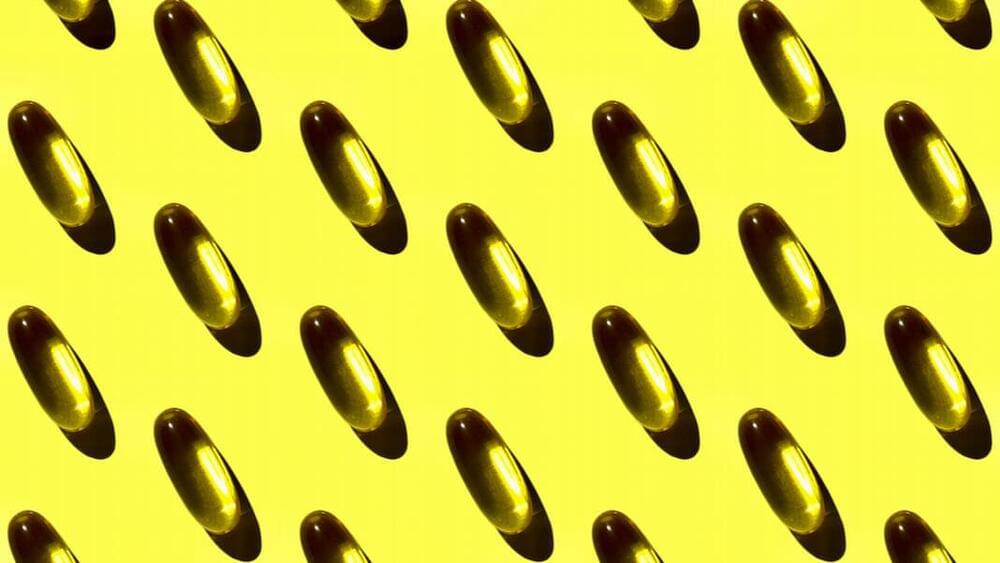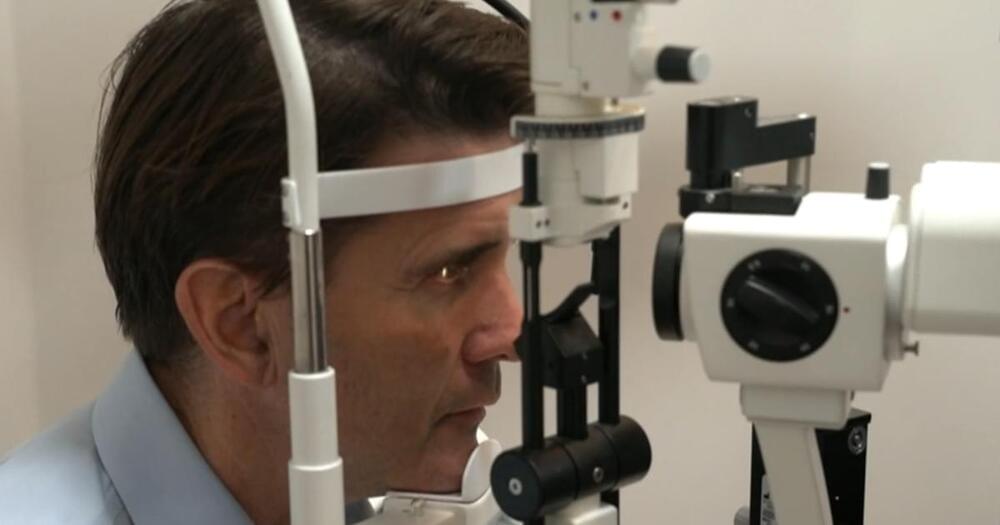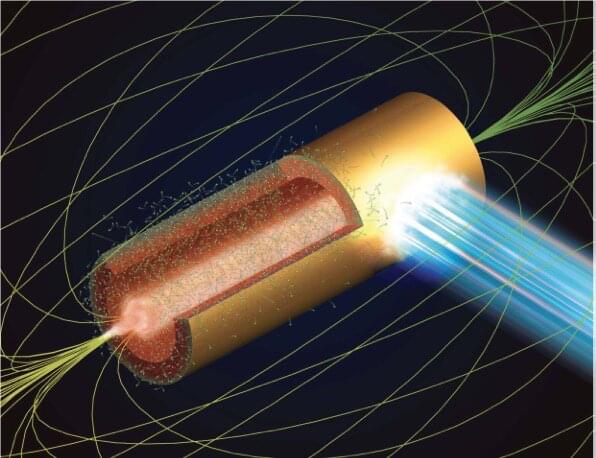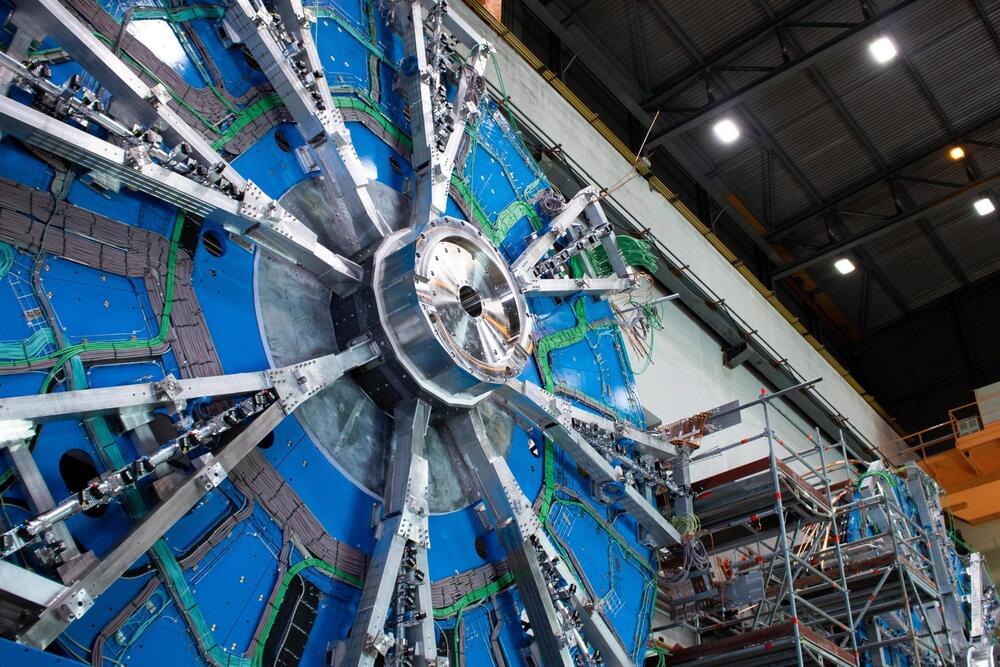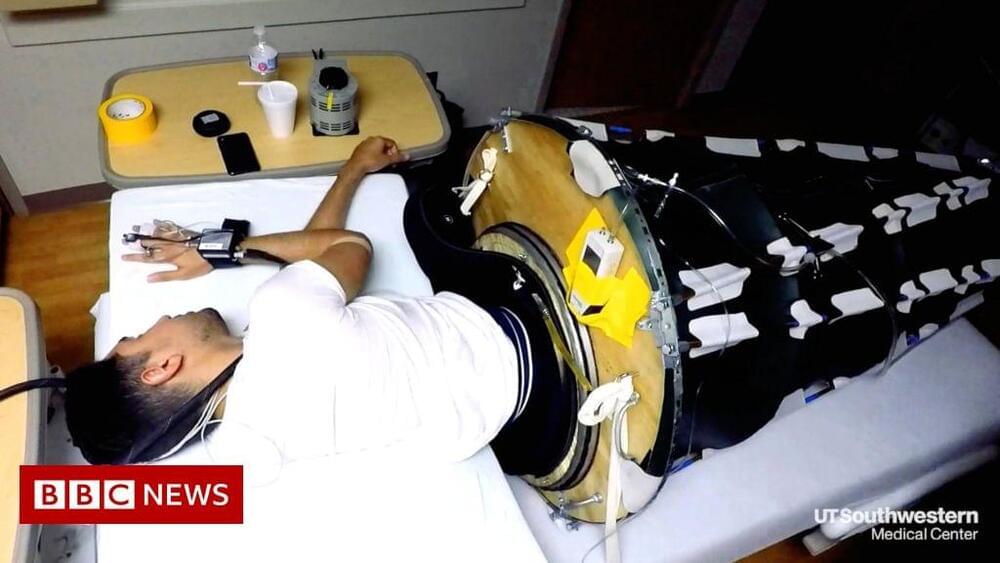With ultrafast decoy targets launching from the biggest plane ever made.
The U.S.-based aerospace company Stratolaunch announced that the company has signed a research contract with the Missile Defense Agency (MDA), which is a part of the U.S. Department of Defense (DoD), on hypersonic flight test services.
The DoD has been focused on hypersonic missiles for a long time now, mainly because of the significant threats they present such as difficulties in detecting, tracking, and intercepting due to being able to reach high speeds with the ability to maneuver along a flight trajectory.
Stratolaunch will provide the MDA with targets that mimic hypersonic threats, thus helping the improvement of existing and development of new defense systems.
“We’re excited to provide MDA with a threat-representative and threat-replicating target that allows them to understand how to engage and intercept hypersonic threats,” said Dr. Daniel Millman, Chief Technology Officer of Stratolaunch, in a company press release.
Full Story:


